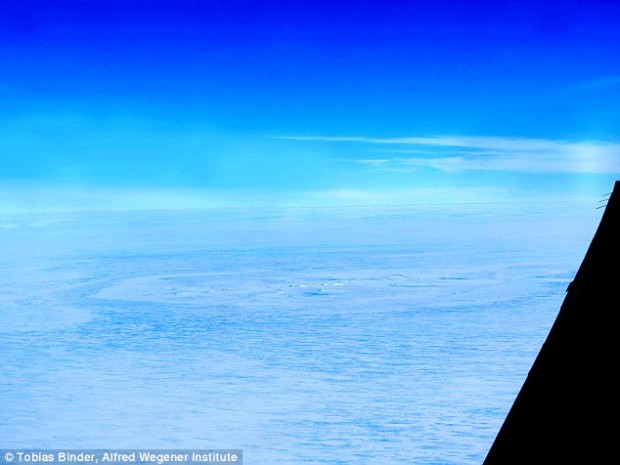During a routine flight over the Antarctic ice shelf on 20 December last year, geophysicist Christian Müller spotted something strange: a huge, 2-kilometre-wide circle on the ice.
Müller, a contractor with research consultants Fielax from Bremerhaven, Germany, was in Antarctica as part of a polar survey conducted by the German Alfred Wegener Institute. Six days after spotting the weird ice-ring, he and his colleagues returned and flew over the site at two different altitudes, to photograph and scan it. Their working theory is that the ring marks an ice crater left by a large meteorite that slammed into Antarctica in 2004.
Two previous studies seem to back up this theory. First, a trail of dust was seen 30 kilometres above Antarctica on 3 September 2004. An Australian team speculated at the time that this was the remnants of one of the largest meteoroids to have entered Earth’s atmosphere during the decade (Nature, 10.1038/nature03881).
Second, in 2007, another team used global infrasound (low-frequency sound) data to triangulate the location of a big bang that was picked up by remote sensors on that same date (Earth, Moon and Planets, 10.1007/s11038-007-9205-z. They pinpointed the Antarctic ice shelf, very close to where Müller spotted his ice crater and speculated the bang had been made by a meteoroid the size of a house.
Müller and his colleagues say their theory still needs to be carefully checked out, and will be conducting further studies.
